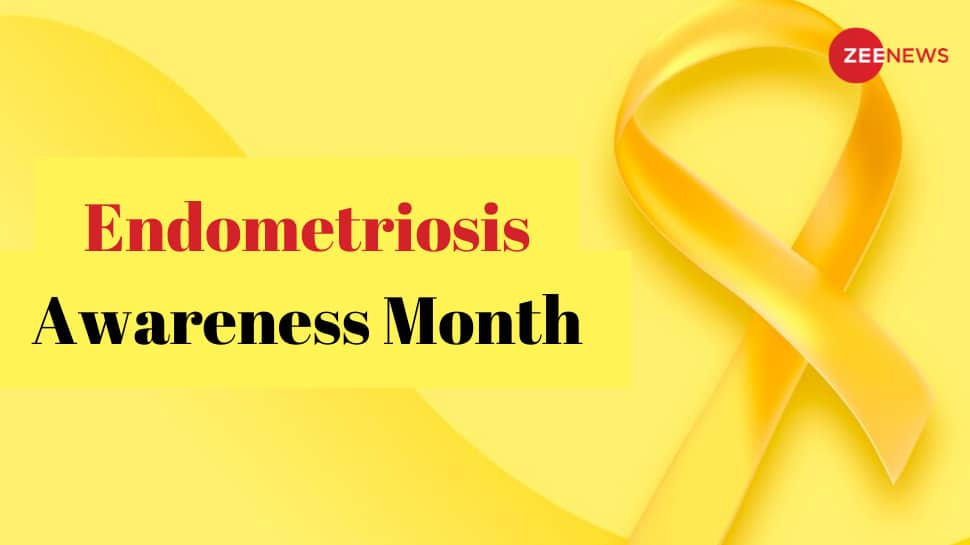Endometriosis remains a significant concern in the field of gynaecology. During each menstrual cycle, a woman expels the inner lining of her uterus, known as the endometrium, which causes menstrual bleeding. But occasionally, this menstrual blood—which contains live endometrial cells—finds its way into the abdominal cavity by blood vessels, lymphatics, or Fallopian tubes, among other channels.
Dr Nagendra Sardeshpande, Gynecological Endoscopic Surgeon, Sir HN Reliance Hospital explains, “This is the start of a complicated chain reaction: these cells can attach themselves to the exterior of the uterus, the Fallopian tubes, the intestines, and the ovaries, where they proliferate and bleed internally.”
“As a result of this internal bleeding, the abdominal cavity becomes irritated and the afflicted organs begin to stick together, creating adhesions. These adhesions, in turn, may encase and constrict crucial structures like pelvic nerves, blood vessels, and ureters, leading to further complications”, adds Dr Nagendra.
Endometriosis: Symptoms
– Intense persistent pelvic pain that worsens during menstruation.
– Hematochezia (blood in faeces), tendinitis (pain during bowel motions), and intermittent intestinal blockage
– Infertility is caused by adhesions and inflammation obstructing the fallopian tubes and ovaries, which can affect the function of eggs and sperm
– Periodic urinary symptoms, such as painful urination (dysuria) and blood in the urine (hematuria), when the bladder is affected by endometriosis
– Compression of the ureters, resulting in hydronephrosis, which causes ureteral dilatation and, in rare cases, discomfort and renal failure.
– An alternative kind of endometriosis called adenomyosis is caused by the endometrium (uterine lining) invading and growing into the myometrium (uterine muscle). Menorrhagia, or profuse monthly flow, and dysmenorrhea, or excruciating menstrual pain, are the symptoms of this illness. Rectangular adenomyosis is another condition that causes symptoms similar to endometriosis by exhibiting uterine-like tissue (endometrium and muscle) in the pelvic area.
– Pelvic congestion syndrome, a condition marked by dilated blood arteries surrounding the uterus, maybe the only factor leading to a diagnosis in some cases of chronic pelvic pain.
Treatment for Endometriosis
Dr Nagendra highlights, “Surgical intervention is the mainstay of addressing endometriosis and its accompanying diseases; fertility therapies and medication follow. The best method for treating endometriosis is now laparoscopic surgery.”


